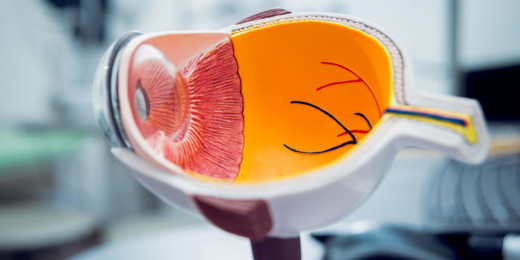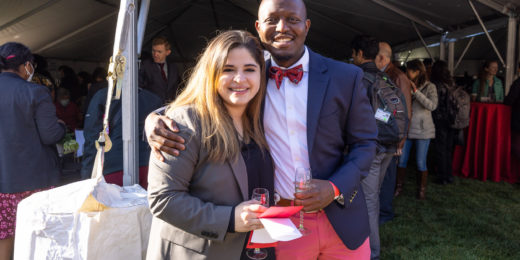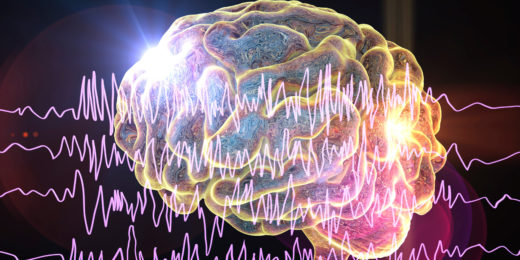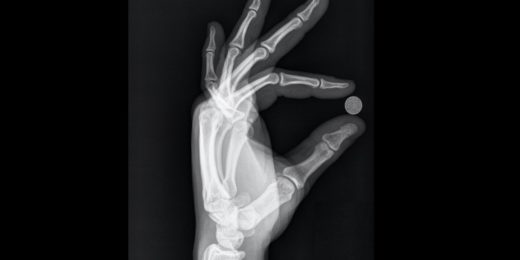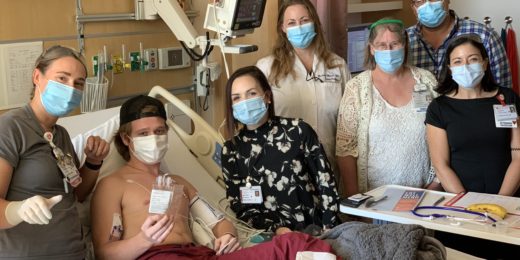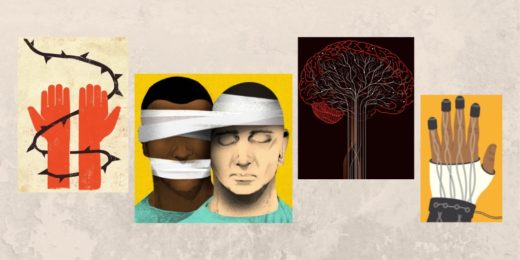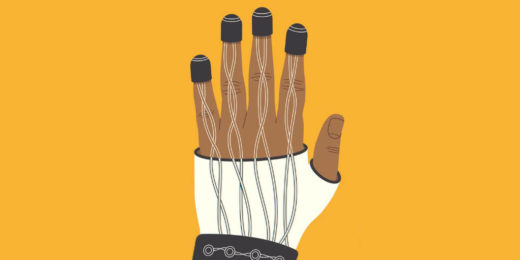A group of Black Stanford Medicine physicians and alumni discuss what advice they would give to their younger selves.
Category: Uniquely Stanford
New drug gives patient his sight back
A Stanford patient improved greatly after being the first person with sight-threatening thyroid eye disease to receive the drug teprotumumab.
Stanford Medicine students find their match
Stanford Medicine graduating medical students find out where they will continue their education on Match Day.
Ask Me Anything: Answers about Daylight Saving Time and sleep
Stanford sleep scientist weighs in on all things sleep, including why we dream, how to get better sleep, and daylight saving time.
Small molecule lends big hope for brutal seizure disorder
Stanford researchers are investigating the use of a small molecule to treat Dravet syndrome, a devastating childhood neurologic disorder.
Diversity leadership program aims to improve medicine’s culture
Pediatrics professor describes an equity, diversity and inclusion program that empowers underrepresented faculty to eliminate bias.
Ask Me Anything: Winter Olympics with Steve Isono
Stanford sports medicine doctor tends participates in a #Askmeanything about his experience at the Beijing Winter Olympics.
Researcher’s mystery novel helps teach bone fracture names
A Stanford Medicine radiologist writes a novel that's part mystery, part sci-fi thriller, part educational tool to teach names of fractures.
From loss comes hope: Pediatric brain tumor treatment shows promise
Research from early clinical trials of pediatric glioma patients shows that altered immune cells can fight the deadly brainstem tumor.
Report on opioids urges drug reform
Stanford researchers and colleagues issue a report detailing issues of the opioid crisis, including insufficient government policies.
Stanford Medicine magazine’s top reads of 2021 offer hope
Stanford Medicine magazine's most-read articles of 2021 were about health inequity and discoveries about the brain and nervous system.
Pandemic Puzzle: Vaccinating children
A Stanford Medicine researcher discusses COVID-19 vaccination for children and why it's important for them to get the shot.
Vibrating glove shows promise for calming Parkinson’s symptoms
A Stanford neurosurgeon developed a glove that delivers vibratory bursts of electricity to the fingertips to quell Parkinson's symptoms.
Addictive potential of social media, explained
Stanford psychiatrist Anna Lembke’s book, Dopamine Nation, explains our brain chemistry's role in modern society's addiction to social media.
Q&A: Native Hawaiian resident shines light on health disparities
A Stanford Medicine medical student speaks to the disparities in representation of Native Hawaiian and Pacific Islanders in medicine.
Pandemic Puzzle: Health disparities and equitable recovery
In Stanford's Pandemic Puzzle virtual symposium, experts discuss medical and economic issues of the Covid-19 pandemic.



